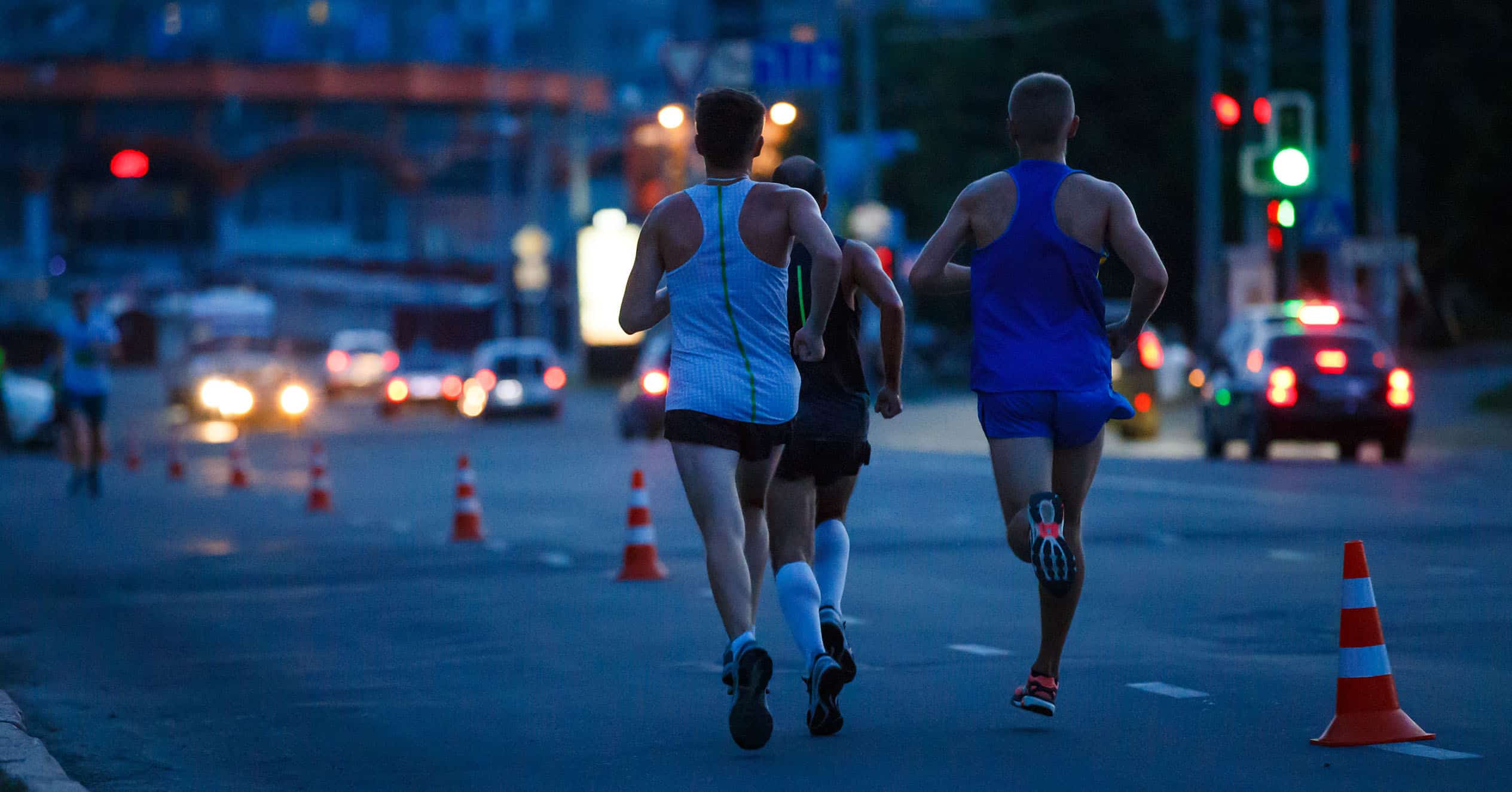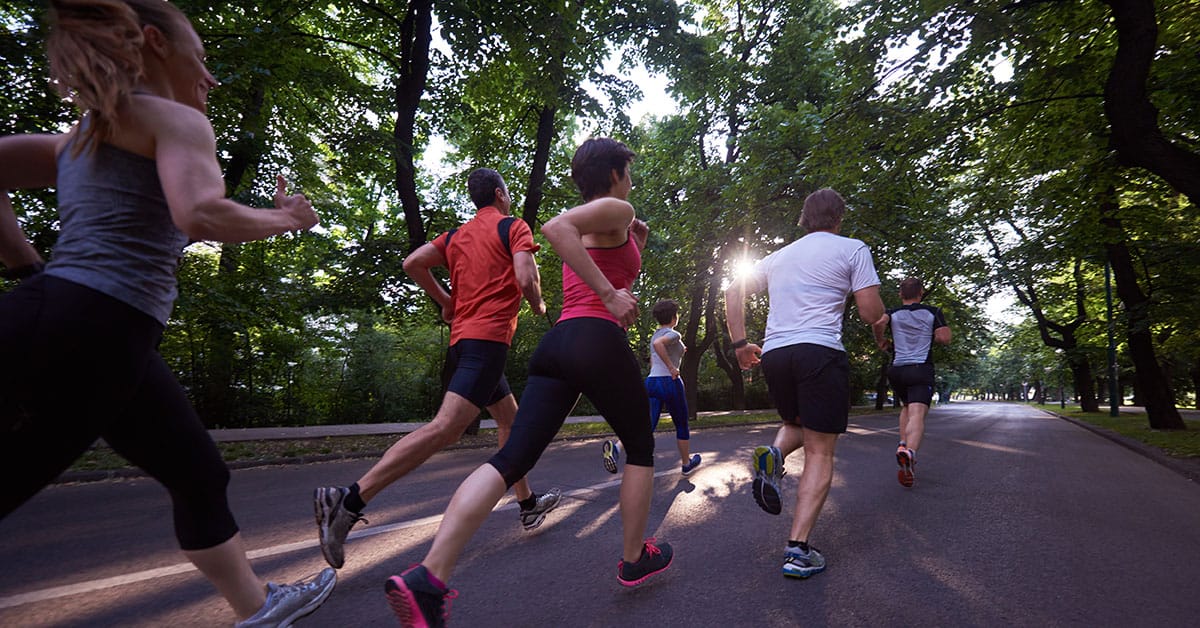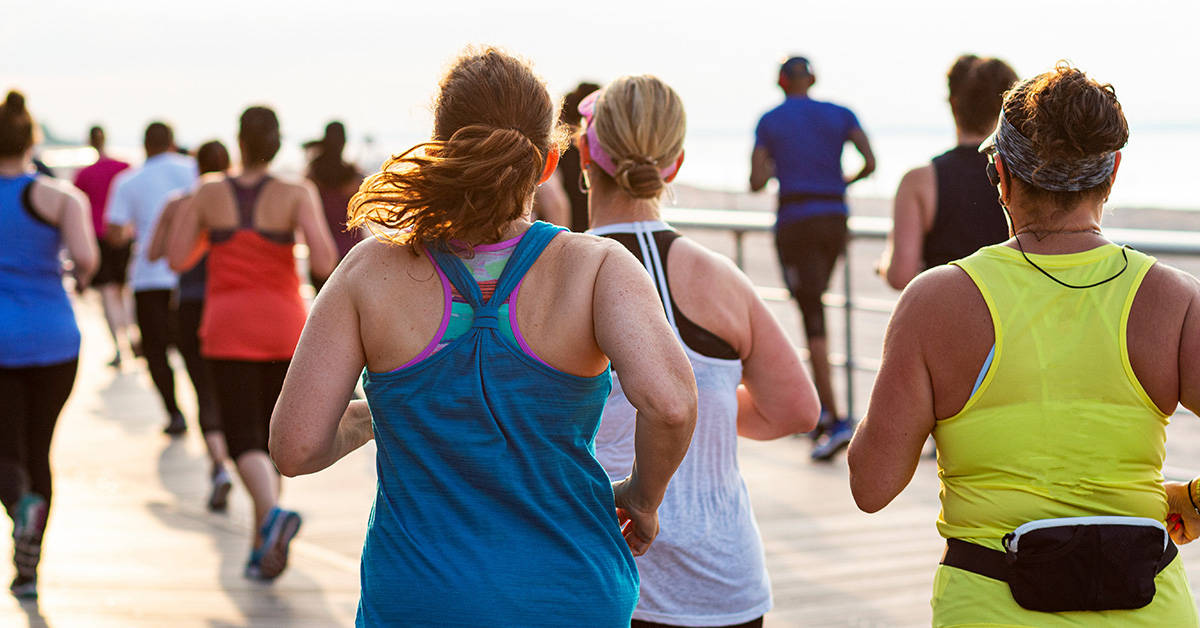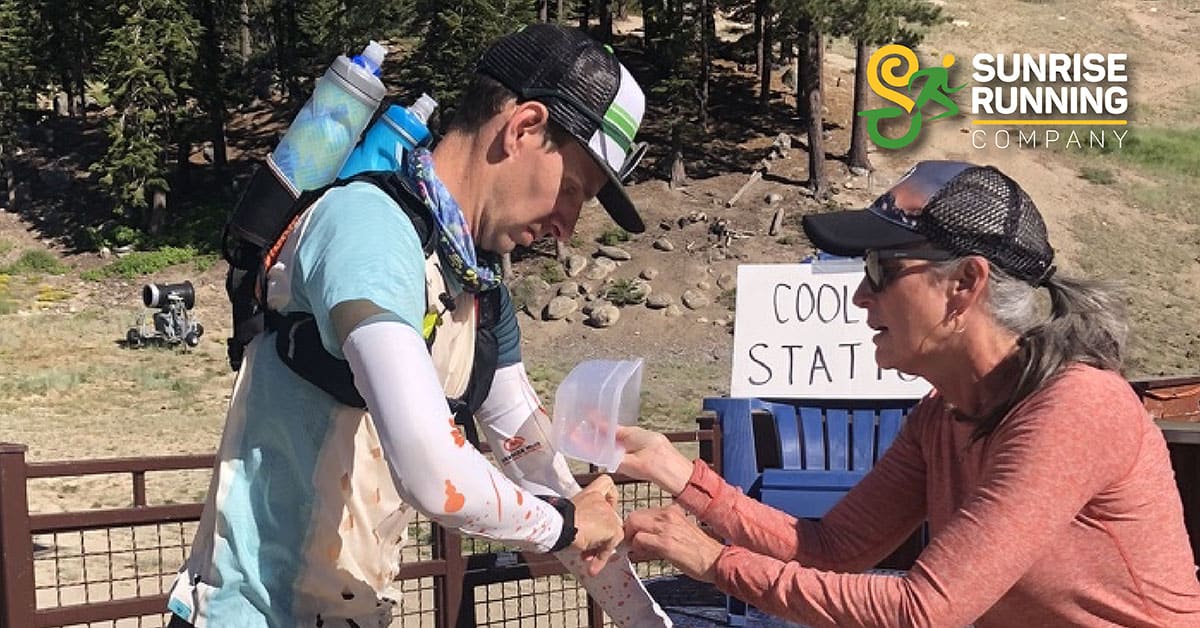It’s invigorating to feel the cool air in your lungs during a night run, but running in the dark poses additional risks. As winter approaches, the days get shorter, reducing the ability to run during daylight hours. To keep up your mileage, you must resort to running in the dark. When running at night, you need to take additional precautions to remain safe.
Our eyes are our primary source of information while running. During the day it’s easier to notice cars, bikers, and other obstacles. During daylight hours, bystanders can help us if there is a medical emergency or danger from malicious individuals. The limited visibility during nighttime or early morning increases the danger of running.
There are many things to consider when going for an evening run or early morning run, but safety should be the first concern. Of course, these are in addition to the typical efforts of staying hydrated, eating healthy, and stretching.
Think Safety First When Running In the Dark
Before you lace up, take all of the necessary precautions to be safe. The chances of something bad happening are slim, but preparedness will ensure you’re ready in case of an emergency. Where you run, what you wear, the time, and the surface you run on all need to be thought about carefully before stepping outside.
Safety should be your number one concern when running in the dark.
1. Be Noticeable
Make yourself impossible to miss. Runners are hard to see in the dark, even in well-lit areas. Don’t go outside wearing dark-colored attire. There are plenty of brightly colored shirts available to make you stand out. You probably have at least one obnoxiously bright shirt from a previous race.
The next step to becoming unmissable while running in the dark is reflective gear. Reflective gear catches and disperses the light from headlights and streetlights, increasing how easily others see you. Reflective gear is a requirement if you live in an area with poorly lit streets or are running in not-so-urban areas. Appropriate apparel ranges from vests that fit over any clothing or more fashionable choices that incorporate reflective elements. There are even reflective bands that glow or use batteries to emit light. You can never go wrong with the classic headlamp, either.
You are on the right track if you look like you’re on your way to a rave.
2. If Possible, Run With Others
Running by yourself is dangerous in the dark. As much as possible, try to find a running buddy to run with you if you want to run in the dark. Aside from the enhanced safety, your running buddy will hold you accountable, motivate you, and make runs less lonely.
If you do run by yourself, keep safety top of mind.
3. Don’t Run With Headphones
Music is often a great tool for boosting our energy, but the music should be left at home when running in the dark. Since our eyes become less reliable in the dark, you need to rely more on your ears to sense dangers. It’s essential to keep both ears available to detect possible threats. It isn’t always guaranteed that drivers use their headlights while driving, especially during dusk or dawn. It’s common to hear a car before seeing it. Not listening to music is especially important when running on sidewalks or paths near the street.
4. Make Emergency Information Easily Available
Accidents happen. Even if the most cautious and prepared runner can’t control their environment. If the worst does happen, bystanders and medical professionals won’t know any allergies, medical conditions, and who to call if you are unable to respond. A common way to provide this information is to wear a medical id bracelet. This can be a life-saving precaution. If you don’t have a medical id wristband, you can add emergency information shortcuts to your phone. Enabling this feature while running will inform first responders of any health conditions and give them the ability to call emergency contacts right from your phone.
5. Stick To A Known Route
It’s ill-advised to try a new route or run in nature areas while running in the dark. Stick to a route you could run in your sleep. Pick routes that offer optimal lighting, safe intersections, and aren’t in secluded areas. Make sure to consider the surface you are running on and the conditions of the road too. During the day, it’s easy to see uneven pavement or other dangerous obstacles. The last thing you want is to be unaware of your surroundings. Even in familiar areas, things look different in the dark and it’s not always easy to discern street names or landmarks.
6. Tell Someone You Are Going For A Run In The Dark
It’s important to tell a partner or friend which route you are taking so they are aware of your location. Be sure to inform them of the mileage you are running and how long you expect to be gone. If you stray from your route or get the inspiration to increase your mileage, let them know with a text. Oversharing is better than leaving them out of the loop regarding your whereabouts.
7. Be Aware Of The Weather Conditions
The weather is more dangerous in the dark. You need to pay attention to the weather during the day, at the time of your run, and any upcoming changes. A wind storm can cause falling debris to hit or trip you on your run. Rain and snow change the composition of the road or sidewalk, creating tripping or slipping hazards. In colder climates, ice isn’t always visible to the naked eye.
8. Trust Your Instincts
It’s okay to find a different workout or use a treadmill if you have even the slightest doubt of your safety before running in the dark. Don’t think of safety as an excuse to not run. Safety is the most important part of running. There are other options to running at night you can use to still get a workout in.
Instincts also keep us aware while we are running. If you get bad vibes from a person or area, don’t be afraid to cross the street or turn around. Instincts exist for a reason and are often good signals when something isn’t as it should be. Unfortunately, bad things happen; you can’t be too safe.
Conclusion On Running In The Dark
Ensuring your safety can’t be overstated. Safety is paramount when running or exercising. It doesn’t have to be dark out to use these tips. Early morning or night runs are a gift, but it’s essential to be safe.
A Training Plan that Works for You.
Our collection of running plans will help you train year-round. From 5k to a 100-mile ultramarathon, we have a training plan built for your experience level and goals. Every plan is delivered via Final Surge, allowing you to sync workouts across devices, receive daily reminders of workouts and activities, and analyze workout and target zone details. Get started today with a training plan built for you, view our running plans here.









